|
In a few weeks, it will be a full year since I posted regarding our remote learning, initial lockdown situation. It's hard to believe that we've been navigating this "new normal" for almost a year. So many educators have made major adjustments to the way they teach and connect with students via whatever technology we have access to. In the arts, we've made due with not sharing supplies, not collecting physical artworks, and translating traditional media into digital projects. We've consoled and comforted our students via e-mails, google meets and virtual workshops. We've hosted virtual Art Honor Society ceremonies and upped our YouTube following because of all the tutorial video's we've now created. We've sat in classrooms, behind our desks, with our masks on, not circulating the room, with our students placed six feet apart. We've seen family members, friends, students and colleagues get sick from Covid, deal with loss of their loved ones, and still come in to work to forge ahead. We've started to get vaccinated, we've started to allow sports to open back up, we've started to allow some students to come back full time if the social distancing can accommodate it. We give air hugs and air high fives. We walk in one direction in the hallways. We try to address the tumultuous political, socio-economic, racial, and environmental issues we're facing, that students are questioning, through self-expression and creativity. We've endured hardships and struggles. It's been hard to muster up the motivation to get out of the car and into the building in the morning but we slug back some coffee and pull up our mask and do it. Through it, we're still innovating, creating and being role models for a group of young people who are going to have a mess of stuff to clean up after and hopefully the tools and energy to make the changes we need to see. I'm proud of us, educators. We've got a ways to go, but we've got this.
-Danielle
0 Comments
Our district is implementing remote/distance learning for our students. Here's some background: our school is a 7-12th grade, 1:1 iPad school. This year I have the following courses: studio art (intro to art, grades 9-12, 1 full year), drawing and painting (10-12th grade, 1 full year) and art 8 (8th grade, 1/2 year only). I will be posting my lessons to Schoology for my students. My first goal will be to use the schoology discussion board platform to check in with students and respond to questions/concerns etc and ask them to post an art related tutorial video from YouTube so we can have our own database of activities to go back to.
The world feels pretty weird right now because of the COVID-19 pandemic. Most schools in the US are closed for a minimum of two weeks, if not longer. Some school districts have remote learning in place, while others do not. While my district is not implementing remote/distance learning yet, I have decided to compile some ideas for students, art teachers and for parents/guardians who may be struggling to find things to do. I think it is incredibly important to continue to exercise creativity each day. It is great for your mental and physical health. Depending on what you have access to, there are ways to involve yourself in a creative practice. Visual arts, writing, music, cooking, dancing, singing etc are all ways to promote a creative practice. I have created a list of ideas to get you started on this journey, feel free to try something out if you get bored- the file "staying creatively engaged" is available for download below. For my students personally these are not mandatory, they are not to be graded or turned in. It is just for "funsies". Times like this can cause a lot of unnecessary anxiety or stress and many of these activities can help combat that. You don't need to be an "artsy" person to partake either. Step out of your comfort zone during these very unprecedented times and you might surprise yourself and find a new hobby that you enjoy. Doing something creative with your kids, or with friends via google hangout/skype can also help you create new memories. While this time away from our normal routines is definitely strange, I know we will all get through it together! Additionally, I am always available if you need any other help coming up with creative things to do, and if you are an advanced art student who needs feedback or assistance with portfolio work please reach out to me: [email protected] or via ig @daniellelivoti I do have some tutorial videos for art educators posted on my YouTube account as well- https://www.youtube.com/user/mslivoti if you do any of the activities on my list, please consider sharing via social media and tag @daniellelivoti on instagram stay healthy, stay home, and take care of each other! xo Danielle
Decided it would be an interesting challenge to myself to make one work on paper each day for the length of the time Mercury is retrograde (Feb 17-March 10). I find myself usually susceptible to the effects of a retrograde; feelings from the past come up, my brain tends to spew out a lot of random thoughts that don’t want to stay organized, I feel restless and often have a hard time
communicating. In creating one work each day, I hope to channel some of that restless energy into something productive and also see a visual-physical manifestation of that energy. It is interesting to see already what kind of marks and compositional cues I instinctually gravitate towards. I’m four days in and there are definitely some themes reoccurring across the works. I’m also curious about how my color palettes will change day to day; mood to mood. In the act of creating the work, I feel a release, where I am able to have some control over what I’m doing without the impact of anxious/restless thoughts. It’s hard to believe an entire decade is coming to an end; time really escapes me sometimes. I decided it would be fun to take a look back at the last ten years, as a way to remind myself of the things I’ve accomplished and the many things I have to look forward to that are yet to come. It’s interesting to see how my personal and professional life has changed, how my art has evolved, and of course.. how many times my hair color has changed. Let’s get into this visual journal of life beyond just the art room. 20102011201220132014From ending my masters program and being overwhelmed as a new teacher, I rarely had the occasion to work on any personal artwork. Everything I was doing was supporting my professional life as a new teacher- lesson and unit planning took forever, observations stressed me out, making samples for projects took over my nights and weekends.. but it didn’t bother me so much that I couldn’t find time to do my own work because I was always invested in getting this whole teaching thing just right. 2014 came with its ups and downs for sure, but I learned a lot. 201520162015 and 2016 had me finding my flow. Teacher stuff was getting a little more easy to handle; still doing a ton of stuff for work but also I started treating myself to things I had wanted for a long time. I started to figure out ways that I could bring myself some creative freedom given the confines of making personal work at home. Lack of space meant working digitally or working small enough to not create a huge mess. I was just happy to be doing something creative and for myself finally. 20172018 2019I’m extremely grateful for all the experiences I’ve had in my profession; being an educator has taken me places and allowed me to meet people I never thought I would. I’m excited to keep sharing what I do, hopefully inspire other art educators and my students to share their work too. It’s taken a decade but I finally feel like I’m at a place where I feel like myself, my personal work feels like it matches my identify and is showing my voice, and my students work is also advancing. Things that happened outside of work have also shaped me, made me stronger and made me realize it’s ok to focus on bettering myself and finding myself again. Thanks to everyone and everything that has helped me get to where I am today. I’m thinking 2020 is going to be an amazing year.
XO, Danielle A lot of time has passed since I last updated! Summer came and went... and almost the whole first semester of a new school year is over (mid-Jan). Here I am on my two week long holiday break and reflecting on a really great first half of the school year. The picture above was from our second annual alumni day, pictured here are some of the best humans I know; they have passed through the doors of my art room and are currently out there using their creativity in their every day lives.
What else have we been up into the art room? - I taught a workshop about the new AP Studio art exam changed at the Balanced Mind Conference and for the Art Supervisors association - We hosted our 2nd annual alumni day -We had our first ever Bob Ross painting day - My art classes have been cranking out awesome projects like our charcoal portraits, pop art portraits, pixel projects and watercolor figure projects. -I’ve been posting mini videos to my YouTube channel that I have students use as supplemental content during class (look for MsLivotiArt) I’m looking forward to a busy and positive second half of the school year when I get back on Jan 6th, and I hope to be more active in updating this regularly! Here are some student projects from this year so far:  March in the Art Department is our most busiest time of year! Art shows and contests galore!! Every week we have something going into an exhibit or being entered into a contest. Its Youth Art Month so we host a variety of activities for staff and students to attend (this year I did a lotus painting after school workshop!) and we have our National Art Honor Society induction ceremony at the end of the month. Speaking of, I can't believe this coming week is already the end of the March Madness! I've been powering through projects with all of my classes so here's what's been going on: Drawing and Painting classes did their first ever tattoo art inspired ink painting. This was the first time putting together a project using tattoos as inspiration. It's something I've always wanted to do with my classes because of my love for collecting tattoos and artwork by tattoo artists. We had our own "Ink Master" style challenge of creating Japanese or American Traditional style flash and we presented awards to the ones kids chose as their favorites.  Now my drawing classes are starting their grisaille underpainting for their board game still life painting project. This is one of our only "photo realistic" paintings that we do. Students develop their forms in grayscale first then apply color over it. I've learned to teach a lot of transparent layering with my drawing and painting classes because of the materials we have access to. Blick's acrylic is usually what we are able to purchase and the colors sometimes are very transparent. So in order to build density and not have to mix every color, we do underpainting first and then glaze color over it. It helps us use our materials more effectively. Studio Art and Drawing and Painting classes also worked on our Women's History Month Portrait Poster project. Students selected a name of an iconic woman from history and paired them with the style of a female artist to create the poster. In Studio art we also finished our Chinese Brush Painting unit and have begun our cupcake still life painting (where they learn about underpainting with just black and brown acrylic and water). AP Drawing students have really been in the zone, with just over a month until their portfolios are due! They've been finishing up Breadth 11 and Concentration 10, making really strong works! I'm super proud of this crew for their hardworking. We're getting very close to the end and we've started matting quality work. As an AP teacher, I'm very curious about how the changes to the exam starting next year will affect the way I teach the course. I'm looking forward to sharing my ideas on it when we finally get more info!
That sums up what's been going on this month, although I'm sure there are a ton of other things I am missing. As always, if anyone has any questions about a lesson idea you see here and want more info, please send me an email: [email protected] or message me via my instagram @daniellelivoti For the pixel art project info be sure to access my shared google drive folder from the menu above called "The Pixel project!" Be sure to tag me in any posts with your student outcomes :) XO, Danielle Once again, finding time to post regularly has been tricky! I've been spending a lot of time creating some new lessons and continuing to make more content for old lessons! Here's a quick lesson tutorial that you can use with your classes if you have access to using iPads or the Medibang paint app on other platforms. I tried this lesson out last year and really enjoyed it because of the flexibility of working digitally rather than on actual scratchboard. This allowed more students to be successful with the use of a photo layer under the black layer. If mistakes are made, students can go back and add more black to that layer and erase again! Hopefully I'll have a more complete update on what's going on in the art room soon, as we're quickly approaching art show season and the third marking period has already started!! This year is flying! XO Danielle The first time I recall having to really "critique" an artwork, was when my first ever art professor had us hold up finished design work, spin the the work around for her, and then she'd tell us to go back and fix everything because it was terrible. Other than spinning the work, there was no involvement from me. My next critique experience involved: staying up in an anxiety induced insomnia, finishing charcoal drawings on the floor of my bedroom, getting driven to college by my boyfriend because I caused myself a pinched nerve in my neck from stress, frantically and nervously hanging and arranging my work for three of my professors to judge while I stood there awkwardly awaiting their responses. They may have asked me what work I thought was my most successful piece. They didn't really say anything bad, but I still felt very strongly that I wanted to barf after. Later in grad school, I quickly I realized I was going to have to talk about my work when a professor walked into my studio asking, "Who are you looking at?" Meaning, in this context, what other artists are inspiring me at the moment. I couldn't even answer this. When they asked me questions about why I was doing what I was doing, I was unsure of myself. I kept searching for the "right" answer. I didn't feel equipped to discuss my work. I was intimidated and uncomfortable. This is why I critique with all my classes, even 8th graders. I give all of my classes different critique experiences but prior to critiques, I require that they do some self-reflecting and writing about their work so they start to become more comfortable asserting themselves. Each kid should know their "why" no matter what the project is. When they get to the advanced level, such as my AP Drawing class, they're expected to respond to each others work and reflect on their own almost on a weekly basis. Here are somethings we do: 1. Process videos/photos- taking pics along the way to see how far you've come/record your process. You can do this in one class period even. Take a pic 5 minutes in, take a pic at the end- discuss what changed. 2. 5 minute art swaps- no matter where you're at in a project- swap it, grab a post it note, provide some feed back (not just- "I like it, it's nice"). 3. Mid-project critiques or online discussions- posting work to a forum or discussion board (Schoology or google classroom), and students comment on each other's works and provide feedback/ways to improve etc. 4. End of project critiques/assessment/self-reflections -You can do a traditional critique- posting work, having kids start by choosing a work they are drawn to, explaining why/what appeals to them, then offering suggestions. The student of that work can then choose the next one, you can keep piggy-backing off of that. -You can have kids organize work based on who met the project goal the strongest via technique, creativity, concept etc. -You can group work from strongest to weakest (yes they do need to see when the work is considered weaker by their peers and by you, the teacher, so improvements can occur) but provide weaker outcomes with HELPFUL and constructive feedback. I NEVER offer the suggestion or allow a student to suggest the work just get completely re-done. Always look for ways to problem solve and improve a work, or recommend something for next time. -Assement- I always have students go around and score work at the end of the projects with a teacher-created rubric. At the end they have to leave at least 1 positive and 1 constructive comment. -Self-reflection- writing about their work with or without an art vocabulary word bank- discuss the process, opinion of their work, why they used materials/surfaces they chose, why they were inspired to create the work etc. The Small Group/Large Group CritiqueWith my advanced kids I do mid Breadth and Mid Concentration critiques. When they get to around 7 breadth/7th concentrations. We do one spread out over 4 days before December break, and the concentration ones get done over 4 days in January at the end of the first semester. Here's how it goes down: Students are given a specific day to be prepared for their crit (similarly to that college experience). On that day, students come in immediately setting up their critique space. My art room has no space for displaying work on a board, so they spread their work out on our tables. If it's a concentration critique they need to provide their artist statement and a contact sheet of their works in the order they're intended to be viewed in. Students then select new tables to sit at in small groups of 3-4 and are provided with a rubric to fill out. This rubric has 10 criteria that are aligned with the college board AP studio art scoring guidelines. They can earn up to 100 points. There is space on the rubric to leave comments in relation to specific criteria so their responses and feedback are more focused. They leave extra comments as needed, like to determine a weaker link in the portfolio. With about 15-20 minutes left of class (we have 43 min long periods) students then get up and we make the rounds to each table. Students are presented with 3-4 focus questions to discuss with the group.I set a timer for 2-3 minutes. They talk me through their comments. For breadth, focus questions may be "Is there enough variety, are the techniques strong, what could be a quality work, what needs improvement etc." For a concentration crit we focus on "Does the work and the artist statement relate (sometimes the statement just has to be tweaked to reflect the work), where should the student go next with their work, is there something that is standing out as a weak piece or is out of place. etc." I chime in as necessary to guide, pose an alternative question, or point out something if I think a student missed something. Students can use this time to also clarify anything about their images. We also use this play "crit money" inspired by a fabulous art ed account I follow- @mrs_tfox on IG (I think I recall her using something similar) so students can use that as a vehicle to explain what art work they would buy if they could. It's a cool way to bring that discussion of is art meant to be viewed by others, what value do we place in art, etc. Fine artists need to sell their work to make a living. It's also interesting to see what they would want to own from each other, I think that shows a deeper sense of appreciation for their works. To be clear, the money isn't a reward system for this class, it does't mean that artwork "won" something. You can test out this small group to large group crit along with the rubrics I created, and print out some of your own crit money! Check out the links below! XO Danielle
LESSON PLANNING NEVER STOPS! My sample for my upcoming Perspective unit My sample for my upcoming Perspective unit Sorry to tell you this but, if you're not still creating new content for your courses, you're doing a disservice to your students. This is my opinion, you might disagree, such is life. Yes we have projects that have amazing outcomes and students may have mastered technical skills through the lesson, and it is tried and true. You may not want to deviate. You may not want to touch that lesson, for fear of the slightest change altering the outcomes. If you want to elevate yourself as an educator however, are you reflecting on your work? Is there a new artist you can incorporate into this lesson? Is there a current exhibition that relates to this project's concept/technique/style or material? Is there an extension to this project? Is there an activity you can try for a few minutes prior to starting the classwork on the project? Are there different management techniques you can try, or a way to arrange the room more effectively? Are there different questions to be asked? If you're not asking yourself these reflective questions, you may be doing a disservice to your students. You may also run the risk of getting bored with your own projects. If you're not that personality type, I'm almost jealous because I can't seem to leave well-enough alone for long enough. Which leads me to the dreaded "Perspective Unit". I really despise perspective lessons. One point, two point...any point, I don't like teaching it. I don't like rulers so much, or the confines of fitting my ideas into a template such as perspective is essentially a template for creating space/depth on a 2D surface. Yes, the concept is important to teach, yes I need to bring up Renaissance art and boring dead white male artists who propelled this concept further, yes I need my students to understand how to make something 3D on paper. So each year, I struggle with what I'm going to do with my perspective unit. The two-point street corner. A surreal twist- make it a board game, make it in outer space, make it upside down. I tried drawing a corner of our school hallway from observation then taking that drawing and collaging it into another surreal landscape to talk about displacement. Student outcomes were mediocre at best, and I was bored, and frustrated. I still can't pronounce "orthogonal". I was tired of using the basic surreal artists, Dali, Magritte, etc. as the basis for this work too. This year, I was determined to do something with a contemporary twist, so I sat down and looked at one of my favorite artist's work, Scott Listfield (https://www.astronautdinosaur.com). His paintings infuse surrealism displacement concepts with Pop art. There is a strong sense of background, middle ground, foreground and scale. He uses a reoccurring figure of an astronaut, to tell an on going story of what one might find in the future when we come back to Earth. Abandoned stores, left over billboards, nature taking over, dinosaurs coming back to inhabit the Earth, it's all very engaging stuff! In several paintings there is the use of two point perspective within a building/structure. Using this artist, I started to construct my new lesson. Students will be creating a landscape with at least 1 building in two-point perspective. Their building should reflect a modern day, recognizable store/restaurant etc. Their background landscape should be a place where this store wouldn't normally exist. They'll draw this out and render it with colored pencil. To me, this was still a basic two point perspective project. So to take it a step further, and reinforce this concept of scale/foreground etc seen in Listfield's work, I am going to have students take a photo of an action figure, or use a found image from the internet of a dinosaur, animal, figure etc. And using an App of their choice, they will create a digital illustration combining together this image with their perspective drawing. For my sample, I used the app called "Over". It allowed me to overlay an image of an old scuba diver, with transparent effects, and mask out the rest of the image so the drawing was more visible. I went ahead and also incorporated a piece of Van Gogh's "Starry Night" into the sky. Pixlr is free, may be effective but you can't mask out the object. MediBang paint on the iPad may also work. What will be cool is that students have their original perspective drawing, which is a complete project in and of itself, but they also have this digital component that can exist and they can be as creative as they want with out disrupting their original image. I also want them to use this as an opportunity to see that once they create an artwork, that doesn't have to be the end of its life. It can exist in many other forms and become the start of something new. Getting into the habit of continually transforming an artwork and finding new ways to alter it to become something new is a skill that my students need to be successful contemporary artists themselves. So, I challenge you to tackle that project that maybe you dread teaching or are bored of, and find a way to make it work for you and for your students. I am not sure how this is going to go, but I can tell you I am feeling way more enthusiastic about teaching it, which can only mean that it should be a better experience for my students. I tried my best to make a solid teacher sample, so they can be inspired to try the techniques too. Keep putting the work in, keep changing things up! Yes it's a little more work (my friday night....) but it keeps me energetic about what I'm doing in the art room, where I spend most of my time, so it's worth it. Have fun! XO, Danielle PS: Thanks to other art teacher friends, here are some other artist you can look to for a more contemporary approach to perspective: Cinta Vidal: IG @cinta_vidal Patrick Hughes: IG @patrickhughesartist Scott Listfield: IG @scottlistfield Photography, forced perspective: Wire Hon IG @wirehon Mark Hogancamp, "Marwencol" Spherical panoramas by Randy Scott Slavin "Alternate Perspectives" IG @randyscottslavin Pen/Pencil, concept art, futuristic cities with immense detail: Jae Cheol Park (aka Paperblue) IG @paperbluenet Photorealistic landscape Painter: Nathan Walsh IG @nathanwalshartist Photorealistic landscape: Jessica Hess IG @jessicahessart |
Danielle LivotiArtist. Art Educator. This is what we're doing in art room 144. Archives
February 2021
Categories |
||||||||||||||||||||||||||

















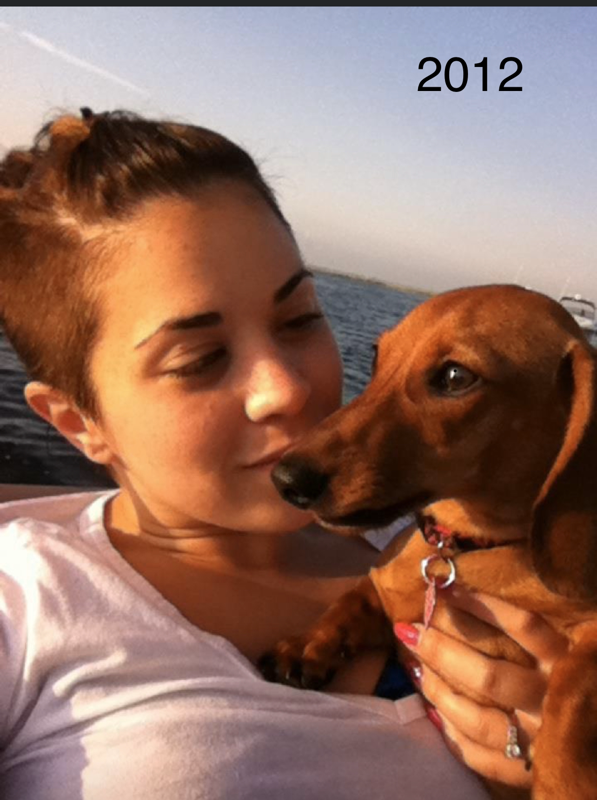

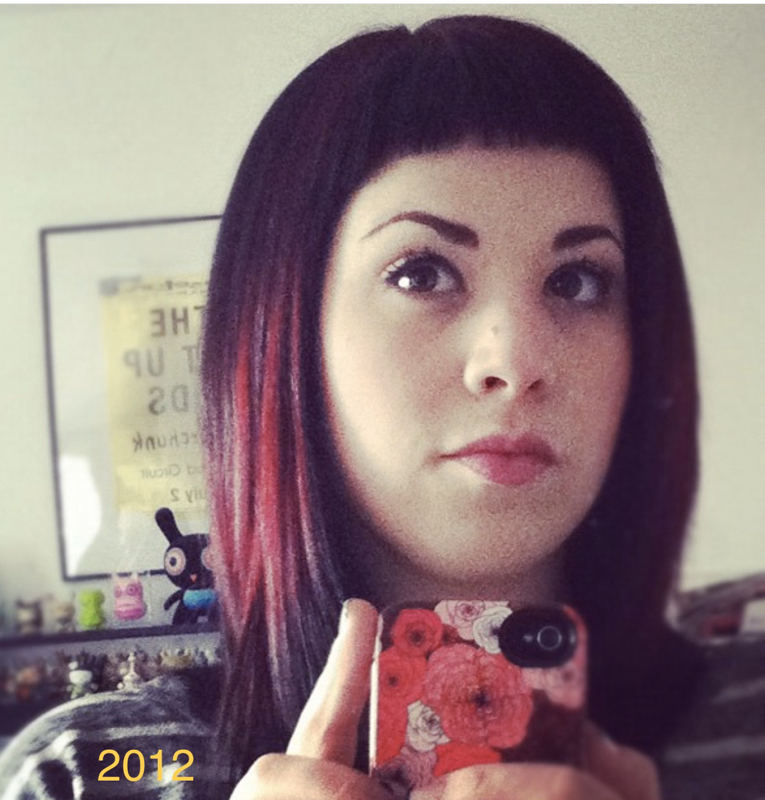























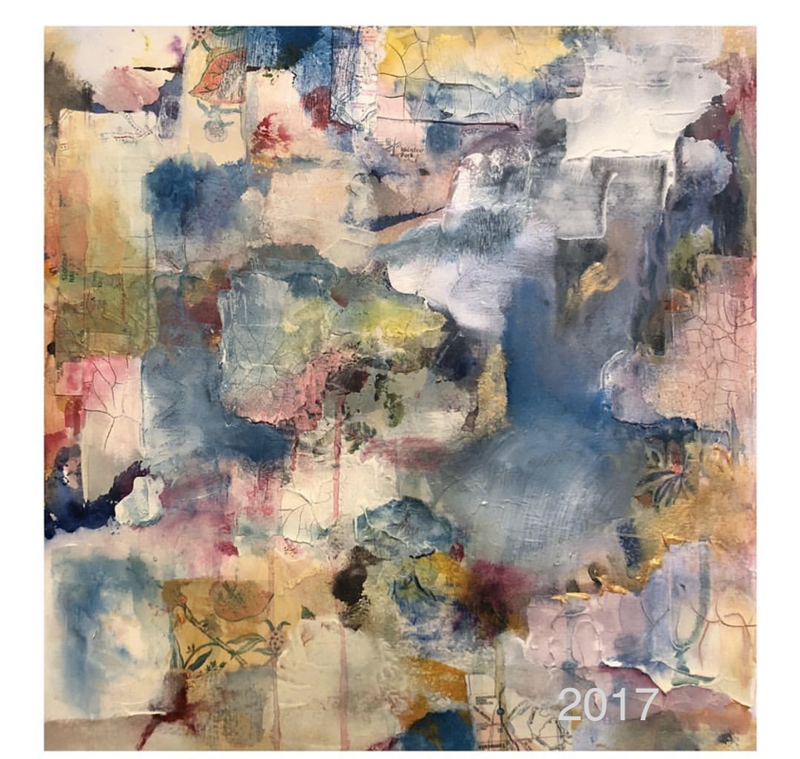




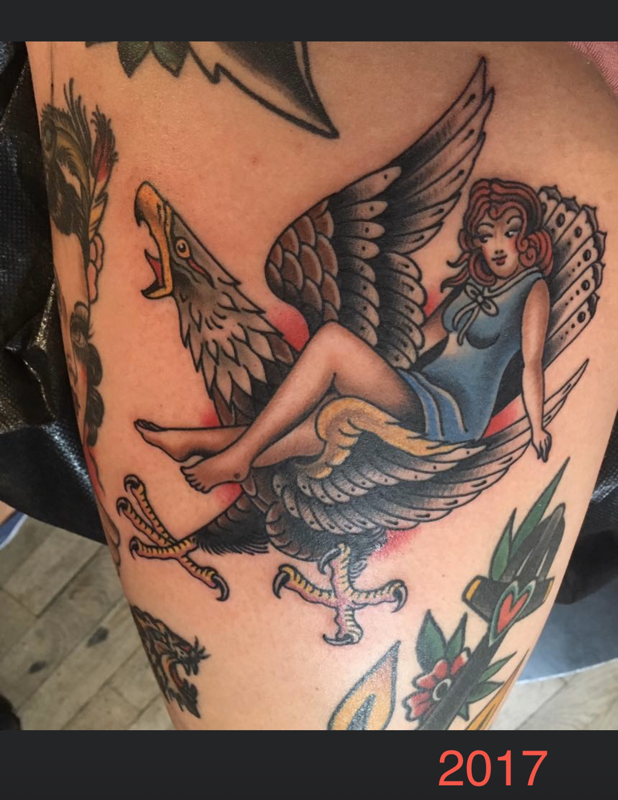











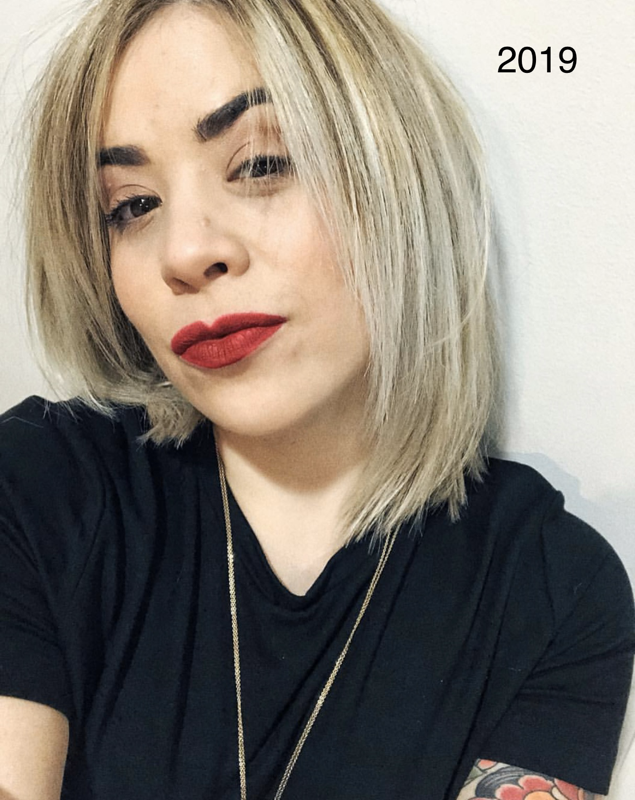
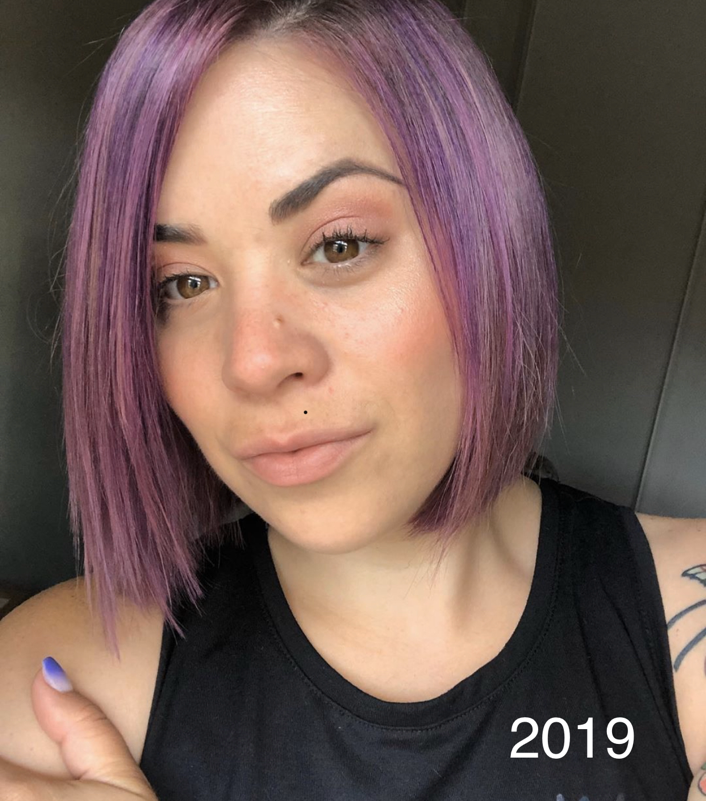


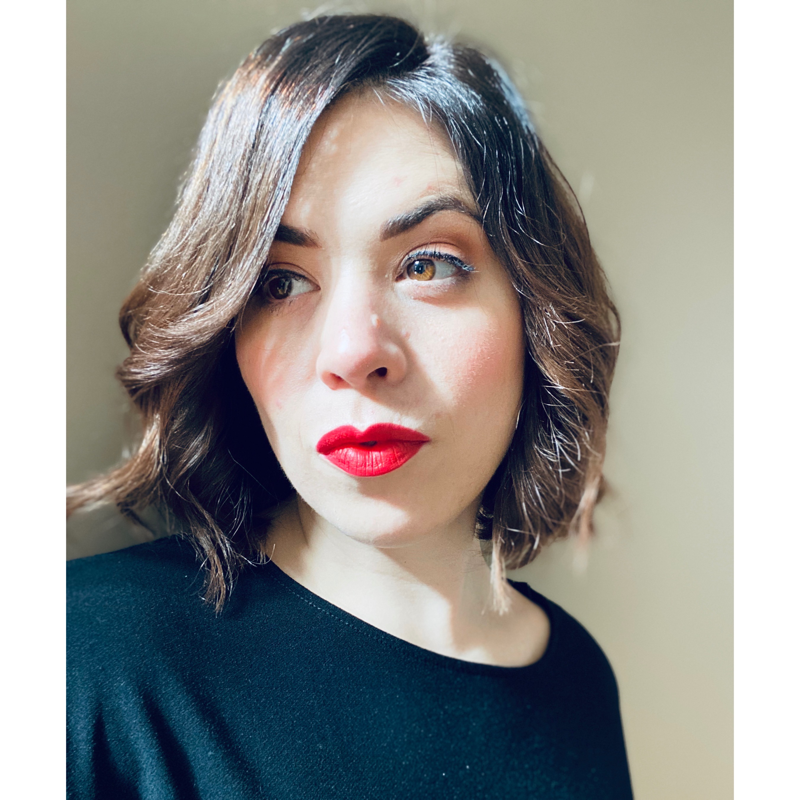











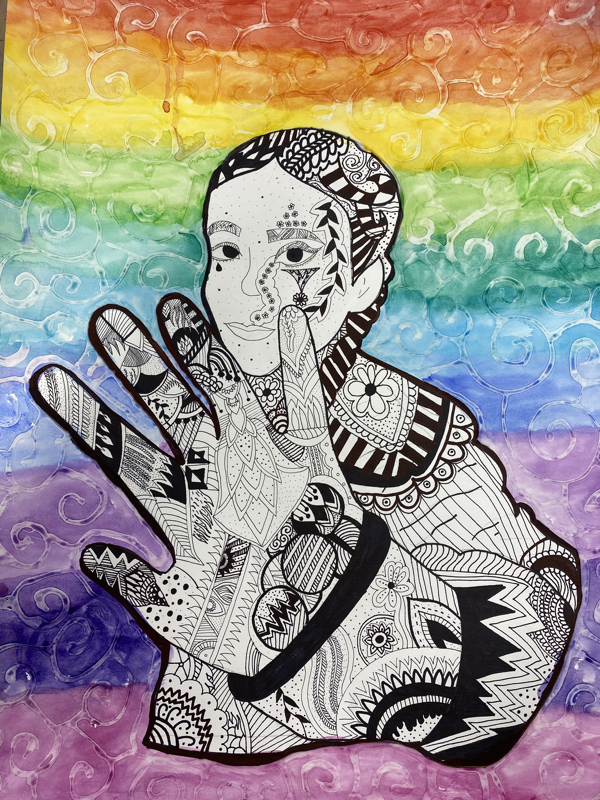

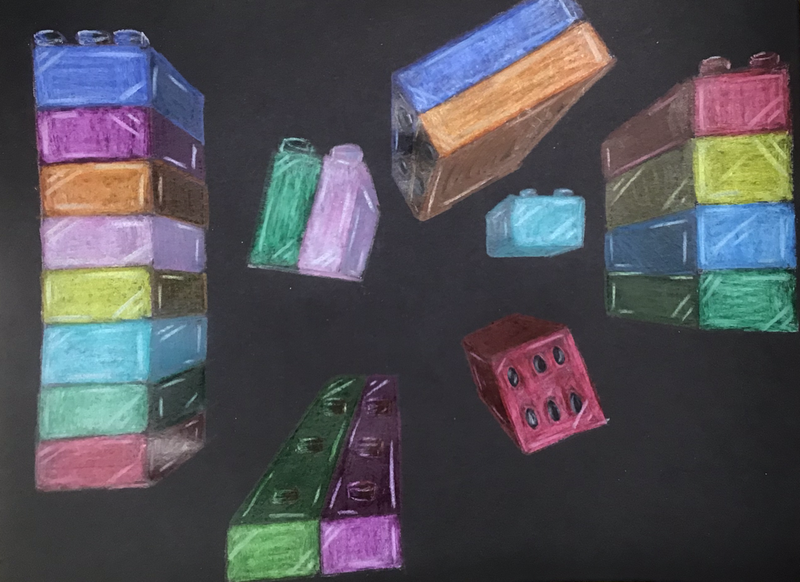








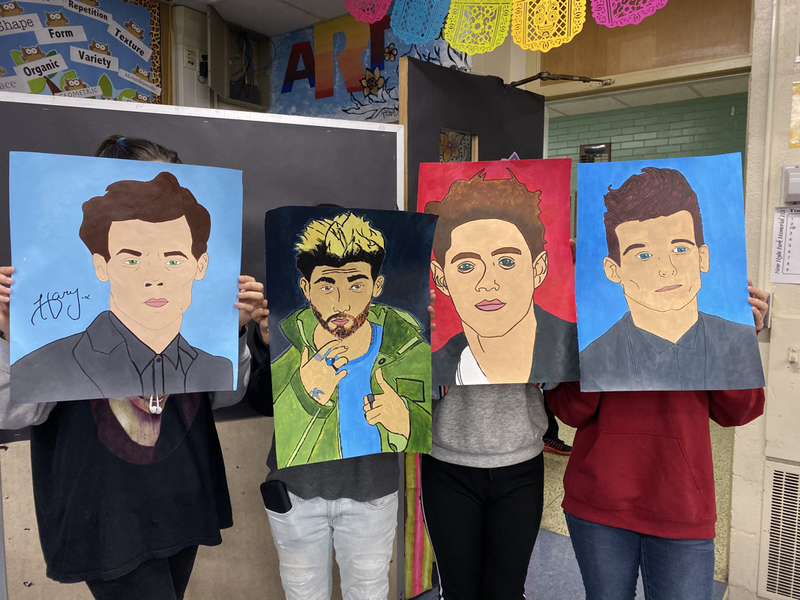


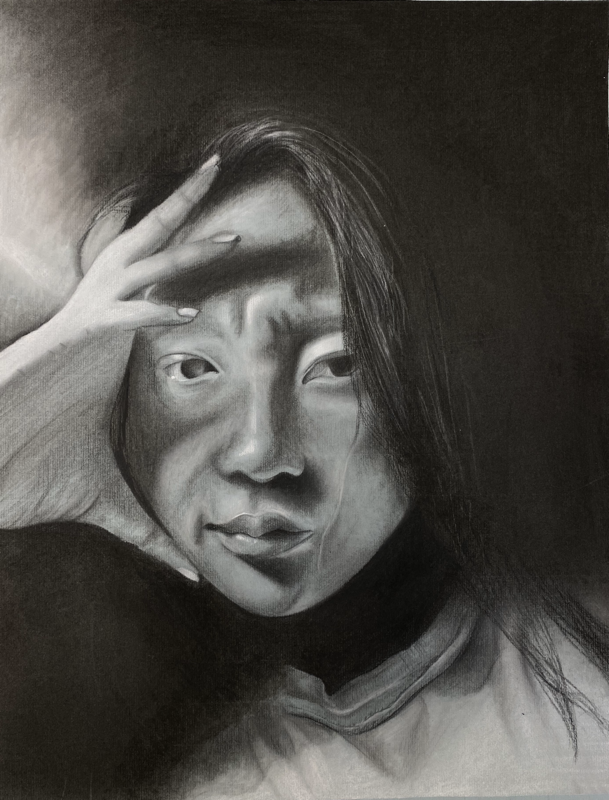






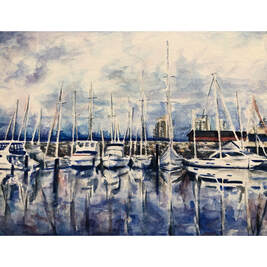

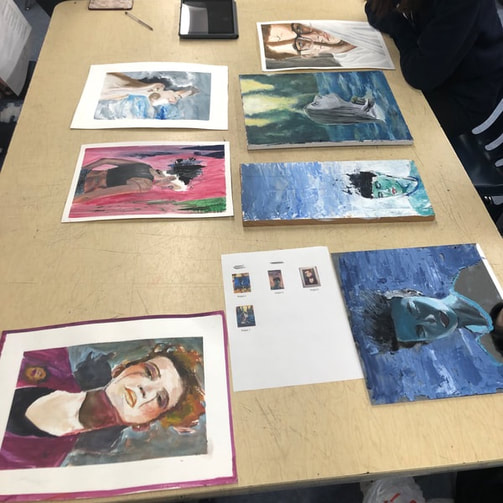

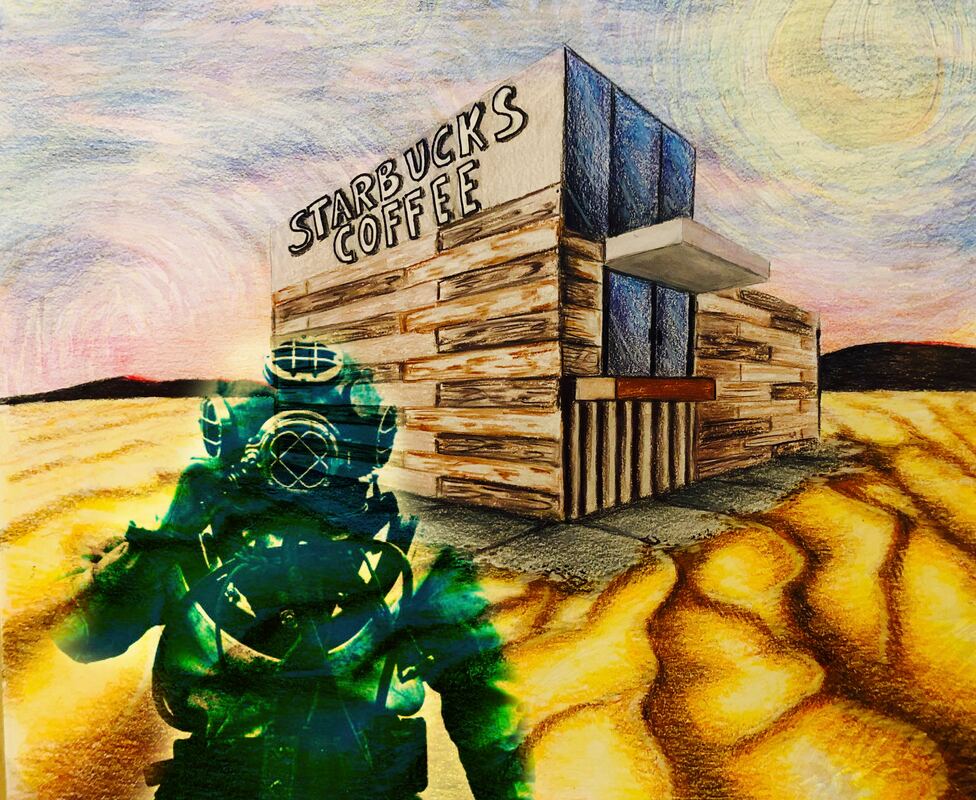
 RSS Feed
RSS Feed
